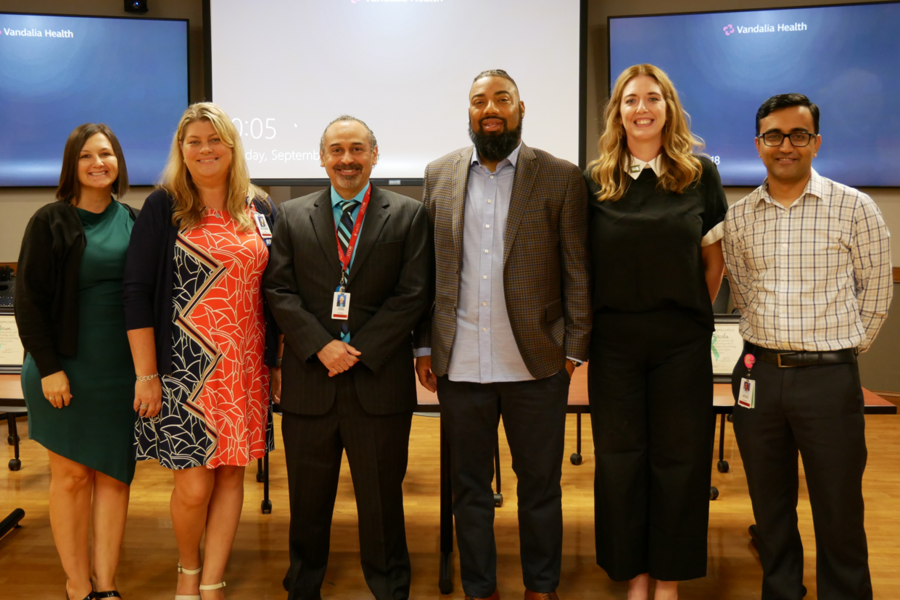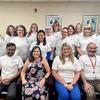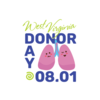
It’s called a Living Donor Chain, but for the three recipients, it’s called life.
In August, CAMC completed the first living donor chain in West Virginia at the CAMC Kidney Transplant Center.
The chain started when three living donors were determined to be medically suitable but unable to donate to their intended recipients (family member).
That’s when staff at the CAMC Kidney Transplant Center got to work looking for other possible matches. In cross matching medical information, they found three donors who matched with unrelated patients on the waiting list.
The chain starts with an altruistic donor – someone who wants to donate a kidney out of the goodness of their heart to a friend or family member but is not a good match. That kidney is instead transplanted into another recipient who has a willing donor but is not suitable. To keep the chain going, that donor gives a kidney to an unknown patient.
The chain continues with non-directed donors (someone who offers to donate a kidney without a designated recipient), donating their kidney to someone in need of a transplant.
“This is significant because it allowed the patients to receive the benefit of a living donor kidney, and it took three people off the waiting list,” said Susan Hanna, BSN, RN, CCTC, Lead Transplant/Living Donor Coordinator. “In a paired transplant chain, a donation like this can set off a series in which family or friends of recipients give a kidney to another person in need — essentially paying donations forward on behalf of a loved one.”
Kidney transplant requires a huge team of surgeons, lab technicians, operating room team, nurses and staff.
The CAMC Kidney Transplant Center has been a leader in transplantation in West Virginia since 1987, performing nearly 1,800 kidney transplants in Charleston over 35 years, including more than 90 transplants so far this year.
Earlier this year, a study by the Scientific Registry for Transplant Recipients ranked the CAMC Kidney Transplant Center as second in the country for the time it takes for patients to be transplanted once they’ve been put on the transplant waitlist.





